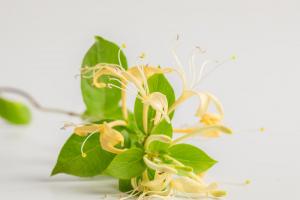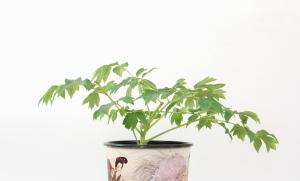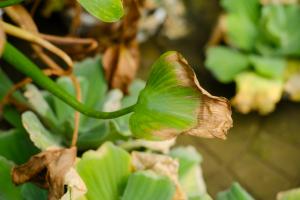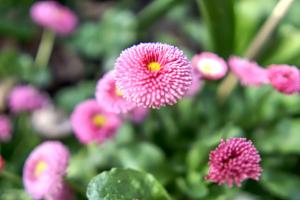What Kind of Plants and Trees Live in Yellowstone?
Yellowstone National Park is known for its stunning landscapes, geysers, and wildlife. But what about the plants and trees? Yellowstone is home to a diverse range of vegetation, from towering forests to grassy meadows. In this article, we'll explore the different types of plants and trees that thrive in this unique ecosystem.
Conifers
One of the most common types of trees in Yellowstone are conifers. These trees, also known as evergreens, have needles instead of leaves and can survive for hundreds of years. The most common conifers in the park include lodgepole pines, Douglas firs, whitebark pines, and Engelmann spruces. These trees provide timber, wildlife habitat, and are an important part of the park's ecosystem.
Aspens
Another common tree in Yellowstone is the quaking aspen. These trees are known for their vibrant yellow leaves that turn gold in the fall. Aspens grow in clumps or groves, and their trunks are often covered with unique markings called "catfaces." This tree is an important food source for many animals, including elk and beavers.
Wildflowers
Yellowstone is also home to a multitude of wildflowers. In the spring and summer, the park comes alive with colorful blooms, ranging from purple lupines to white phlox. Some of the most common wildflowers in Yellowstone include Indian paintbrush, fireweed, and yellow glacier lilies. These beautiful flowers add a pop of color to the park's already picturesque landscape.
Sagebrush
The park's dry foothills are home to sagebrush, a hardy plant that can survive in arid conditions. These plants have a distinct aroma, and their leaves are often used in herbal remedies. Sagebrush serves as an important food source for wildlife, including pronghorn antelopes and sage grouse, and is an essential part of the park's ecosystem.
Grasses
Finally, Yellowstone is home to a variety of grasses. These include bluegrass, wheatgrass, and needle-and-thread grass. These grasses provide food for many of the park's grazing animals, such as bison and elk. In addition, they help prevent soil erosion and contribute to the park's overall ecosystem.
Conclusion
Yellowstone's plants and trees are an integral part of its unique ecosystem. From towering conifers to delicate wildflowers, each species serves an important role in the park's ecosystem. The diversity and resilience of these plant communities are a testament to the park's natural beauty and the importance of preserving this special place for generations to come.

 how many times do yo...
how many times do yo... how many planted tre...
how many planted tre... how many pine trees ...
how many pine trees ... how many pecan trees...
how many pecan trees... how many plants comp...
how many plants comp... how many plants can ...
how many plants can ... how many plants and ...
how many plants and ... how many pepper plan...
how many pepper plan...





























